




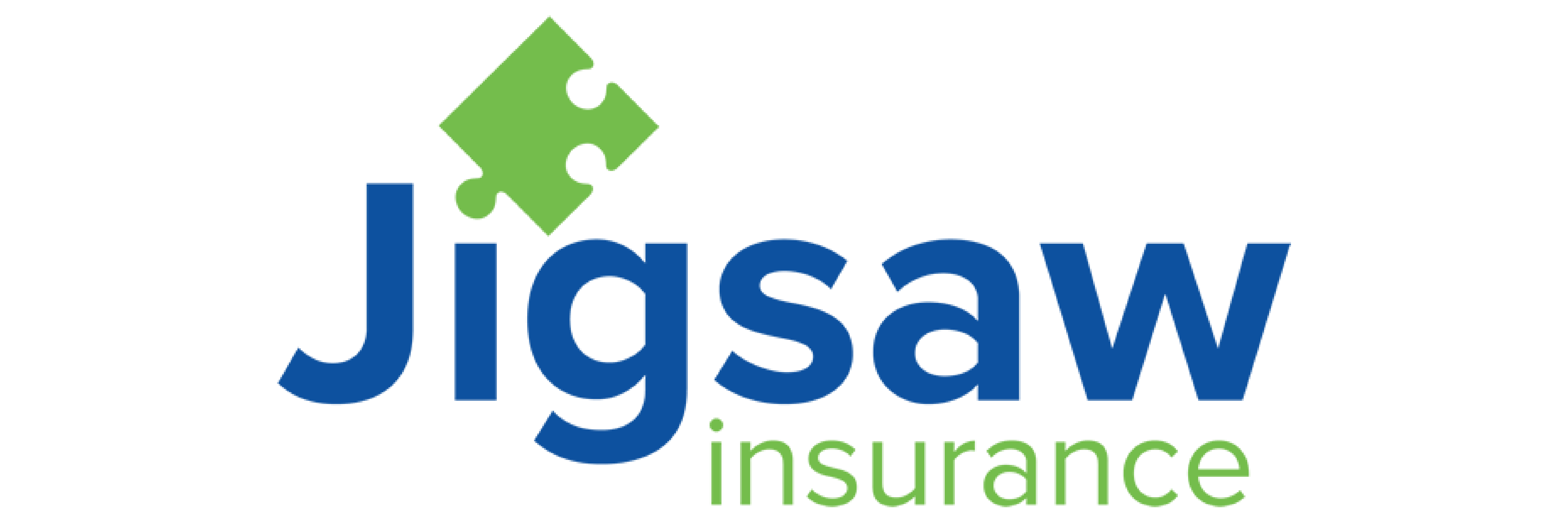
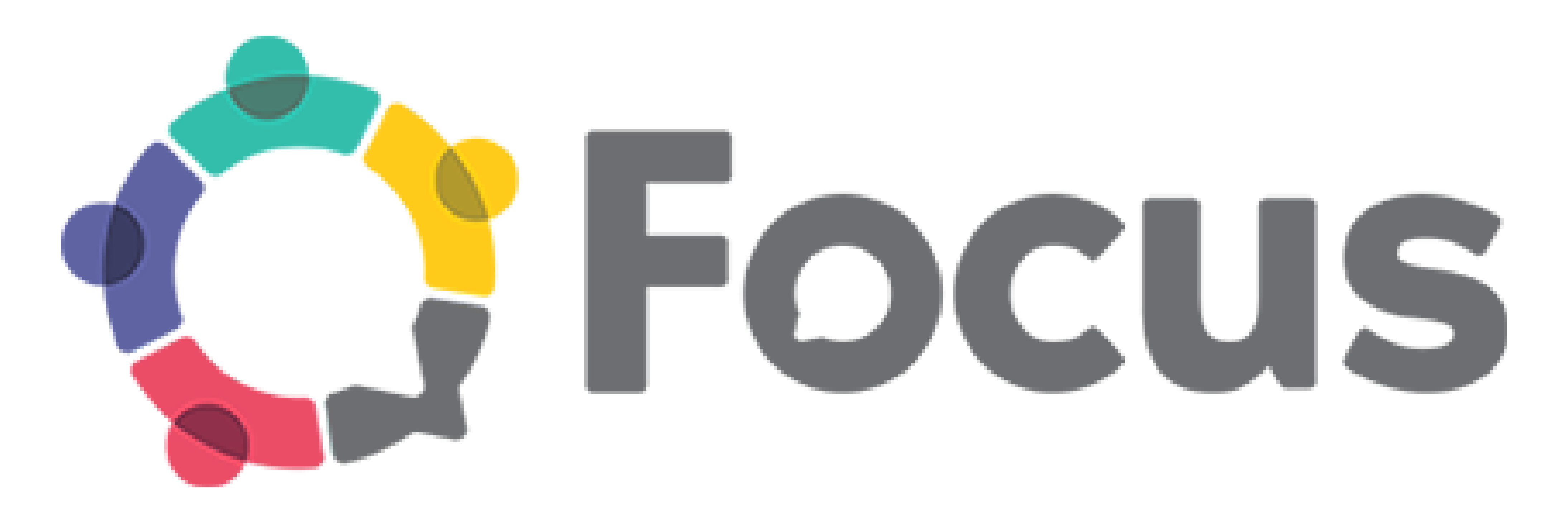
Discover the fully integrated worktech solution
Predictable, data-driven workplace management and flawless collaboration.
Office utilization analytics
The YAROOMS Office Utilization report provides valuable insights into key metrics, including average office space usage, no-show rates, booking counts, and more. With the help of a heat map, location managers can easily identify areas where employees frequently gather—or avoid altogether—enabling them to optimize space more effectively.
.png?width=1485&height=990&name=Yarooms%20utilization%20analytics%20complete@0.33x%20(1).png)
.png?width=1485&height=990&name=Yarooms%20utilization%20analytics%20complete@0.33x%20(1).png)
Hybrid work analytics
See how much time employees spend working from the office or remotely. Compare work trends across teams and departments, identify gaps, and ensure your organization’s hybrid work requirements are met. These insights help improve planning, streamline team management, and adjust workplace policies for greater productivity.


Service utilization analytics
The Service Report is an excellent tool for tracking the utilization of bookable office services, such as catering, meeting equipment, or cleaning. It offers a detailed breakdown of data by service type and location, helping you understand how frequently services are used and where. This information enables more efficient planning, ensuring resources are allocated where needed most, ultimately improving service management and cost-effectiveness.
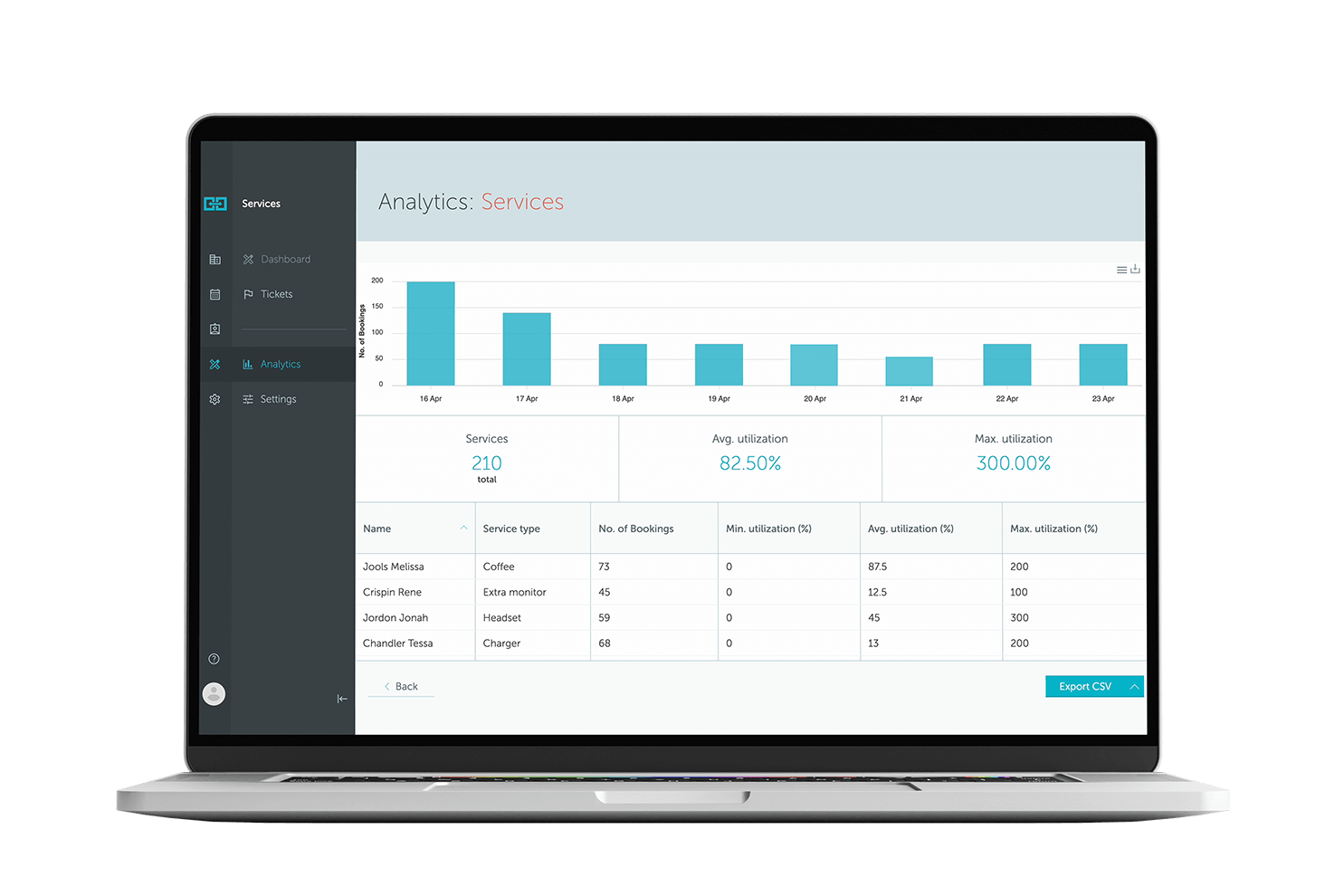

Visitor analytics
The YAROOMS Visitor Management Dashboard revolutionizes how you monitor visitor traffic, offering detailed insights into visitor and host details, visit types, and check-in statuses while allowing you to identify who was in your building on any given day. You can easily generate comprehensive reports to analyze this data and optimize your visitor management processes with just a few clicks.
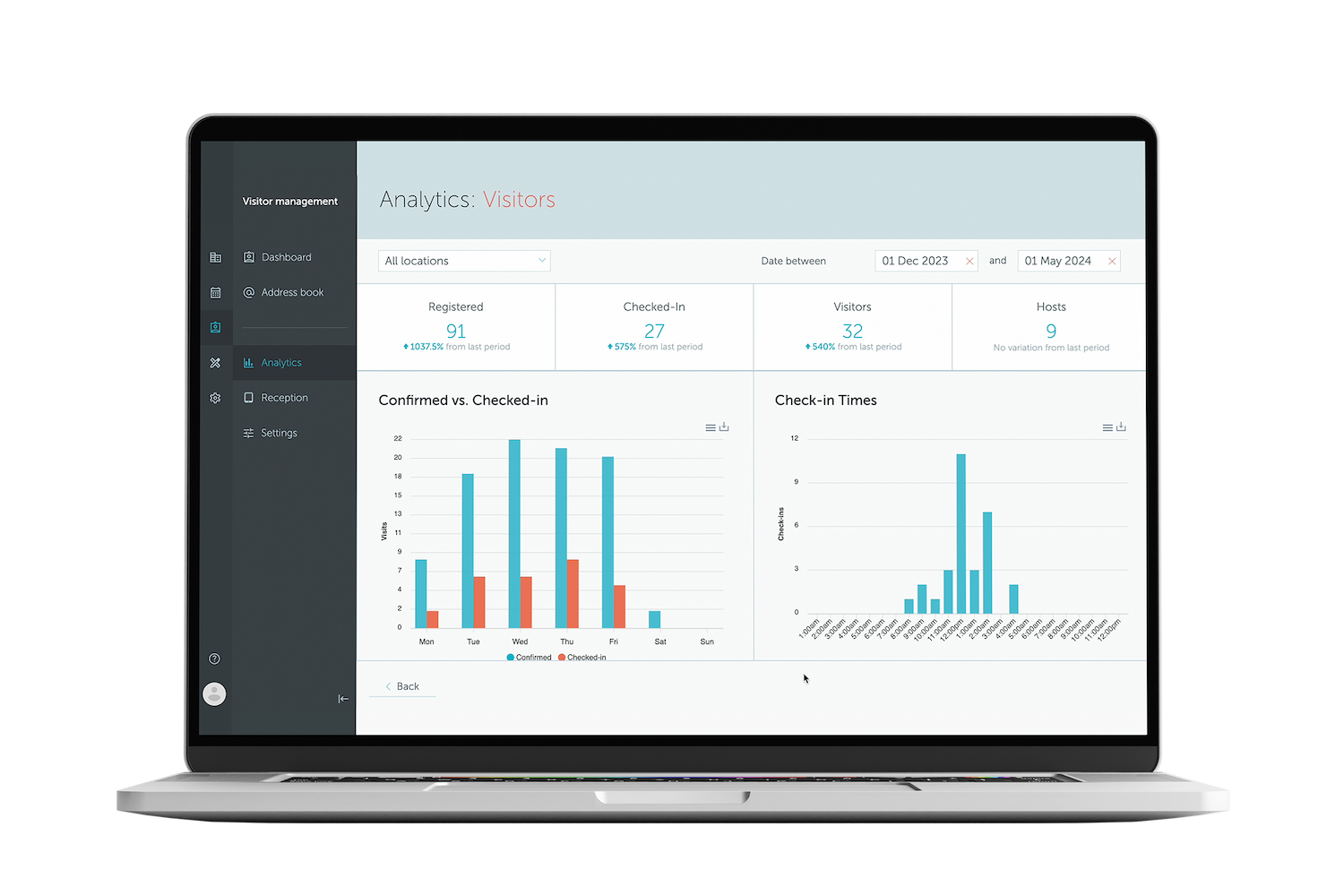

Employee satisfaction analytics
Based on surveys sent to employees after their office visit, the Employee Satisfaction report delivers valuable workforce analytics on their workplace experience. It captures feedback and measures overall happiness levels, allowing you to compare satisfaction across individuals, user groups, and locations while monitoring changes over time for deeper insights into how employees feel about their office environment.
Employee satisfaction analytics
Based on surveys sent to employees after their office visit, the Employee Satisfaction report delivers valuable workforce analytics on their workplace experience. It captures feedback and measures overall happiness levels, allowing you to compare satisfaction across individuals, user groups, and locations while monitoring changes over time for deeper insights into how employees feel about their office environment.
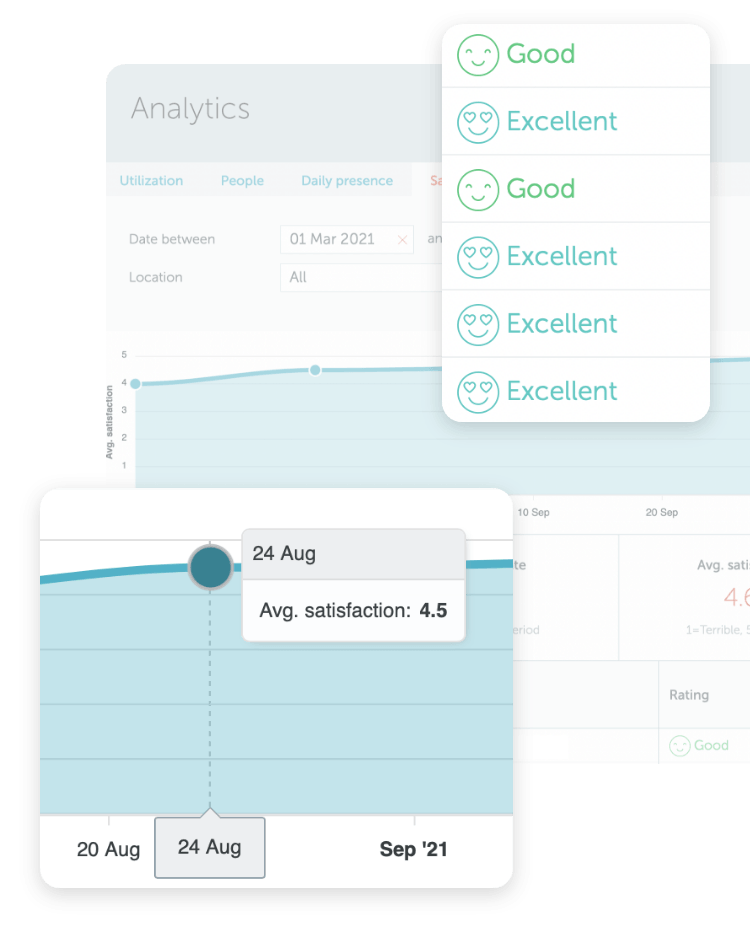

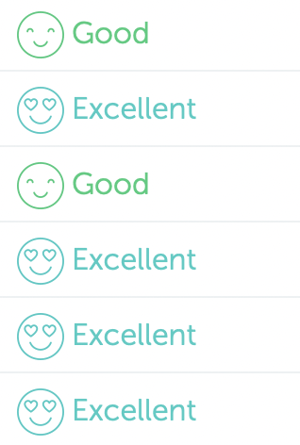
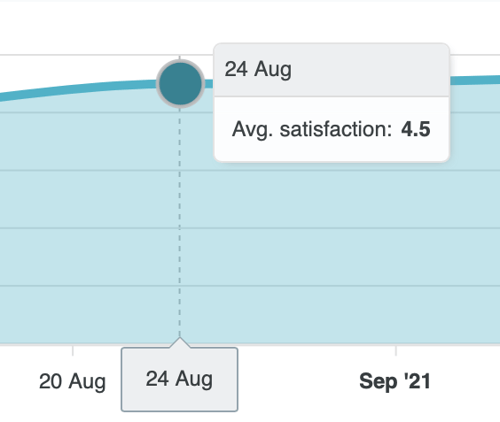
Insights to get you started
Choosing the right workplace analytics sofware is no small feat. We collected a
couple of insightful resources to help you identify your needs and navigate
the sea of options. Continue your research:
Ready to see the big picture?
Learn how thousands of forward-thinking organizations use YAROOMS to manage
their workplaces. Join us for a Live Demo or watch the On-demand Platform Tour.
their workplaces. Join us for a Live Demo or watch the On-demand Platform Tour.
Workplace analytics: FAQ
Answering the most common questions about workplace analytics and how it helps business leaders make data-driven decisions.
What are workplace analytics?
How do I get workplace analytics?
To access workplace analytics, organizations typically implement an analytics solution that integrates various tools to track and measure key aspects of workplace performance. All-in-one workplace management platforms like YAROOMS provide embedded workplace and workforce analytics that allow businesses to monitor office space usage, employee satisfaction, and overall productivity.
Businesses can optimize their work environment and workforce operations using analytics tools. For example, YAROOMS provides actionable insights into how teams use office space and workplace occupancy data, helping organizations make data-driven decisions to improve employee experience and efficiency. These solutions can also highlight trends in employee behavior, allowing management to proactively address issues, enhance productivity, and optimize organizational processes.
What is the main benefit of workplace analytics?
The main benefit of workplace analytics is the ability to gain a comprehensive, data-driven understanding of how your office space and workforce operate. By leveraging workplace analytics and HR analytics, businesses can monitor workplace productivity, employee satisfaction, and collaboration through dashboards that visualize crucial metrics. Drawing from real-time and historical data, these insights enable organizations to make strategic decisions that optimize the workplace experience.
Workplace analytics software integrates data sources to offer actionable insights into space management, such as identifying opportunities for hybrid work models or sub-renting unused office space. This data-driven approach improves decision-making, enhances productivity, and helps create a more efficient and satisfying work environment for employees.
How is data used in the workplace?
In the workplace, data is used in many ways to help improve productivity and employee engagement. Business leaders use workforce and HR analytics tools to measure employee performance, office space usage, and collaboration. Dashboards provide a clear view of critical metrics, allowing companies to track real-time progress and outcomes.
Organizations can identify trends, optimize strategies, and make informed decisions by analyzing data from different sources, such as historical data and employee surveys. This helps companies understand what’s working and where improvements are needed, ultimately boosting organizational performance and creating a more productive work environment. Data helps quantify results and guide business strategies for better outcomes.
How do you establish a data-driven culture in the workplace?
To establish a data-driven culture in the workplace, start by aligning data usage with your overall business goals. This involves using analytics software to measure productivity, space management, and employee engagement. It’s essential to involve the entire organization so everyone’s data contributes to decision-making. Business leaders should foster collaboration and use data from various sources, such as workspace and meeting room usage, to drive outcomes.
Integrating descriptive, predictive, and prescriptive analytics will help measure progress, predict future trends, and provide recommendations for improving workplace performance. Regularly reassessing strategies based on data insights ensures ongoing alignment and proactive decision-making. Building this culture starts with people embracing the value of data in everyday decisions, ultimately leading to better organizational outcomes and more informed business decisions.












